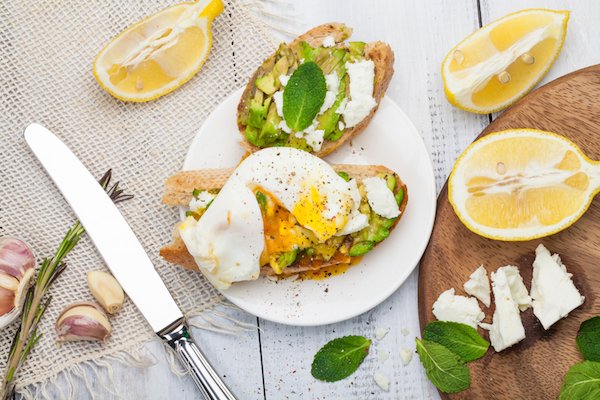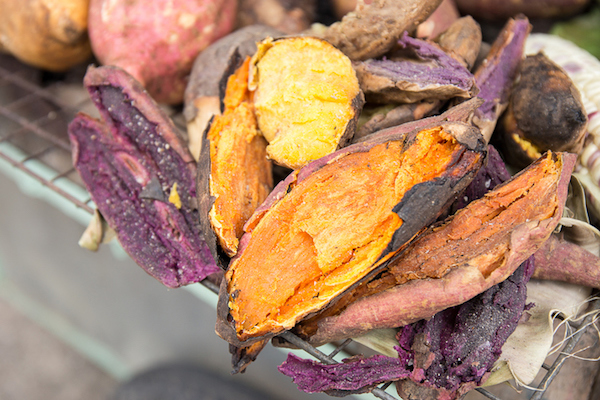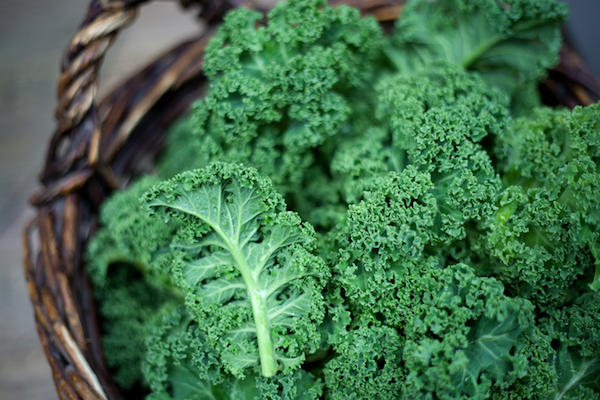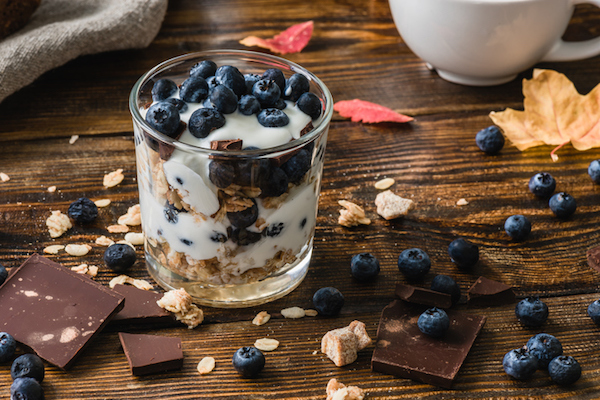
Highlights of New Nordic Cuisine
Scandinavian chefs are keeping old traditions alive by using modern preparation techniques and locally sourced ingredients
When I think of the Nordic countries – Denmark, Sweden, Iceland, Norway, and Finland come to mind. When I think of popular European food cultures, Nordic Cuisine isn’t necessarily at the forefront. But that’s starting to change thanks to the success of the Great Northern Food Hall in Grand Central Station.
Most mornings, I’ll usually make my own breakfast, or grab some fruit on the go. But sometimes if I’m running late, I can always grab a smørrebrød, a kanelsnurrer, or some skyr.
You likely have no idea what I’m saying, but these are good options to have (an open faced sandwich, a cinnamon bun, and some yogurt, respectively).
Across the pond in Europe, Nordic Cuisine has been riding a healthy wave for over a decade. The turning point was the New Nordic movement of 2004. Since that time, Scandinavian chefs have been keeping old traditions alive by using modern preparation techniques and locally sourced ingredients.
Today’s result is a better, more sustainable and affordable food program that’s gaining popularity in the United States (and all over the world). The movement is also improving heart health and helping to curb obesity rates in the Nordic region.
Staples, Techniques, & Ingredients:
In many ways, Nordic Cuisine is just like the Mediterranean Diet. Both options take full advantage of the surrounding landscape (albeit two very different landscapes). Both options feature several plant-based foods and an abundance of healthy fats.
However, one main difference can be found in the use of cooking oils. Olive oil is a major component of the Mediterranean Diet, while canola oil is the Nordic cooking oil of choice.
Popular staples of Nordic Cuisine include:
- Fish – Herring, Salmon, and Trout
- Wild Game – Elk, Goose, Wild Boar, Lamb
- Foraged Plants – mushrooms, cabbage, root vegetables, and dark greens to name a few
- Fruits – apples, pears, and plums among others
- Whole Grains – rye, oats, and barley
- Dairy – cheese & yogurt
- Berries – lingonberries, bilberries, buckhorn berries, cloud berries
Popular preparation/preservation techniques:
- Fermentation
- Smoking
- Salting
- Pickling
Some unique ingredients used to enhance flavors and aromas:
- Ramson (or wild garlic)
- Wood sorrel
- Birch sap
- Chickweed
- Dandelion leaves
- Elderflower
Feed Your Eyes:
If you’ve never sampled Nordic before, now’s a good time to give it a try. Several aspects of the cuisine are not only delicious and nutrition, they’re also eye healthy. And always keep in mind, if it’s good for the eyes, it’s probably good for the entire body (and vice versa).
Need a place to start? Try one of the following plates:
- Swedish Gravalax (cured, raw salmon) – An excellent source of Omega-3’s
- Smørrebrød (open faced sandwich) – A healthy lunchtime staple
- Pickled Herring – Packed with protein and vitamin D
- Icelandic Skyr – Good source of healthy fats, promotes gut health
- Øllebrød – Hearty porridge made from rye bread and beer







